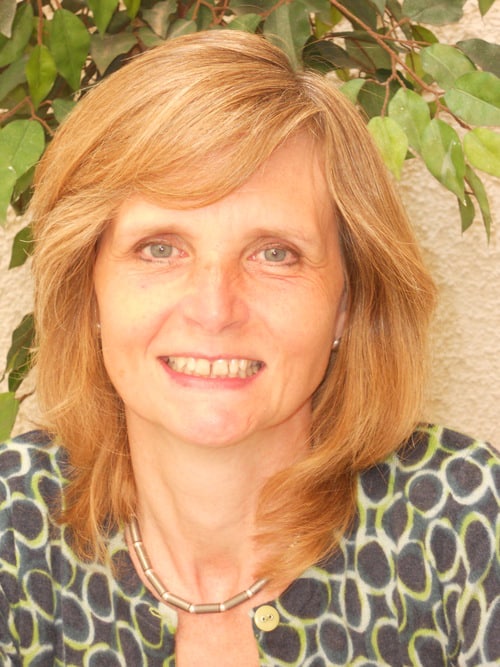
by Mary Newburn
As one of the leaders of Midwifery Unit Network, I thought it would be useful to find out what there is available online to inform the public, midwives, doctors and commissioners about the care provided, and the environment, in midwifery units (also known as birth centres).
I also wanted to check out useful clips for women, their partners and other birth companions to help them learn about what to expect.
This is a brief introduction with some links. Let us know what you find useful, or any other comments you may have at the end of this post.
There are all kinds of birth films on YouTube. But it’s not necessarily easy to find the more relevant ones, such as midwifery units in your country. Often the name or location of the birth centre is not provided. It would also be useful to know which have been filmed in freestanding midwifery units and which are from a midwifery birth centre alongside an obstetric unit.
Currently, few films have an introduction (about the parents, the pregnancy or the unit) or any reflections from the woman or midwives after the birth. I find these additions very helpful as they provide a context and the woman’s perspective about what mattered to her, how her labour and the care provided felt at the time, and what she feels looking back afterwards.
While ‘virtual tours’ of birth centres are usually made by midwives to introduce the service they provide, films of labour and birth tend to be made by parents. In my fairly brief search, I did not find any films of birth where there were observations or reflections by midwives or other staff, edited into the film. If you know of any, please let us know.
It would be interesting if there were films to introduce birth centres made by women, as well as those made by midwives (see Serenity Birth Centre and Virtual Tours below).
Also, it would be great if midwives made films of labour and birth in midwifery units, with the informed consent of women and their parents, and edited with a commentary and reflections. These could be produced as learning resources intended for other professionals or as preparation for pregnant women and partners.
Labour and Birth
Serenity Midwifery Unit, Birmingham, UK
Parents talk about the birth of their baby Hudson, with labour in (I think) the birth centre and birth in the obstetric unit when monitoring the baby’s heatbeat showed fetal distress. It’s good to have the parents talking about the latent phase and reflecting after the birth.
North America
Natural birth encouragement – pain and joy Katya and Matt made a video of their baby’s birth in water. The voices suggest they are in north America, but no details are provided. A commentary of reflections by Katya have been edited onto the video, plus there are some quotes from writers about labour and women’s power to birth their babies. This beautiful film has been viewed nearly 3 million times.
Brisbane, Australia
A natural birth in a birth centre Few details are provided about this dry-land birth but it is possible to see that it took place in an alongside midwifery unit at the Royal Brisbane and Women’s Hospital. The birth room looks very comfortable and the atmosphere is very relaxed. The woman giving birth appears to have her mum or a doula with her as well as her partner. Quality of image is poor in parts. I found the accompanying music rather intrusive.
Virtual Tours
There are lots of virtual tour videos available now. I prefer tours that have a voiceover rather than music. The voiceover sets the tone and provides useful information about the philosophy of the unit and facilities available. Lewisham Hospital in London England, has a good one.
The more recent video has a great introduction to the birth centre but feels less woman-centred in its design than the earlier video which had more families shown on screen and fewer health professionals speaking direct to camera.
Lewisham also have online videos of women explaining why they chose to use the birth centre and how it was for them.
Serenity Birth Centre, Birmingham England:
Blackburn Birth Centre, England:
And Burnley Birth Centre, England
Lancashire Teaching Hospitals NHS Trust, England
As a service user advocate, I am surprised and dismayed by just how much institutional and clinical kit there is on display in many midwifery units. This disturbs the peaceful, social environment that birth centres aim to achieve. I’m also upset when I hear language being used that isn’t woman-centred or understanding of women’s rights. There should not be talk about what women are ‘allowed’ to do, it sends all the wrong messages. In the UK, discuss your plans early with the local Maternity Forum (MSLC), and engage parents in making the film.
I would like to see some videos made that refer to evidence and provide the references for watchers to follow up, particularly if there are claims being made about any restrictions or limits placed on women’s freedom to decide what feels best for her and her baby.
It’s good to see an online introduction to the birth centre at the Mater Hospital in Belfast. Within the UK, Northern Ireland has had lower levels of midwifery led care and higher rates of interventions than other countries. Promoting midwifery unit care is important for spreading the word about the benefits.
Labour and Birth preparation online
Some midwifery units provide an active birth preparation online. Surprisingly, in these days of promotion and PR, some good videos don’t make it explicit at the start which unit and country they are from. Take a look at this video from Northern Ireland.
Summary Tips
If you are making a film:
- Add the location and type of birth centre!
- Make sure there’s an introduction and maybe some reflections or comments.
- Avoid intrusive, repetitive music.
- Involve parents in the making of virtual tours of midwifery units.
- If your birth centre is beautiful, please share as many of the details as possible with MUNet, so we can pass on the learning.
- Use professional architects if you can when creating a new birth centre to ‘design away’ out of sight, or out completely, as much ugly and intrusive institutional furniture and clinical kit as possible.
- Mind your language. Is it inspiring and enabling? Double check, is it truly woman-centred and evidence informed? Ask local women and partners their views.
Please get back to us……
Has your local midwifery unit made a film to introduce what the philosophy of care is all about, to show the facilities and to welcome pregnant women and families? Let us know what’s out there, and what you think is good about it or could be improved on.
Thank you!

